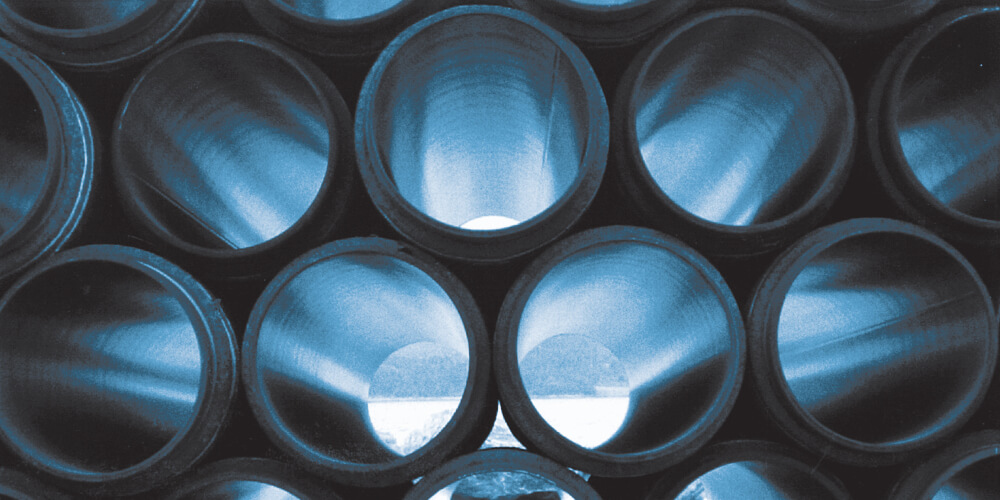The Recommended Practice DNV-RP-F110 gives guidance on how to design an exposed pipeline to buckle in a controlled manner in order to release the compressive axial effective forces caused by high temperature and pressure. Further, it gives guidance on how to design a trenched pipeline to stay in place, exposed to high compressive effective axial forces. The principles have been developed in a joint industry project involving leading oil companies and consultants.
Course description
The course will give an introduction to the design philosophy of the DNV-RP-F110 , how it complements to the DNV-ST-F101 , and gives specific requirements for global buckling scenarios of HT/HP pipelines.
Learning objective
Understand how to design new and assess existing pipelines, with respect to global buckling of HP/HT pipelines.
- The causes the compressive forces
- The relevant failure modes for global buckling
- Limitation of loads
- Design solution for both exposed and buried pipelines.
Target group
Pipeline engineers that will perform design activities, or want an insight in design challenges of HP/HT pipelines.

